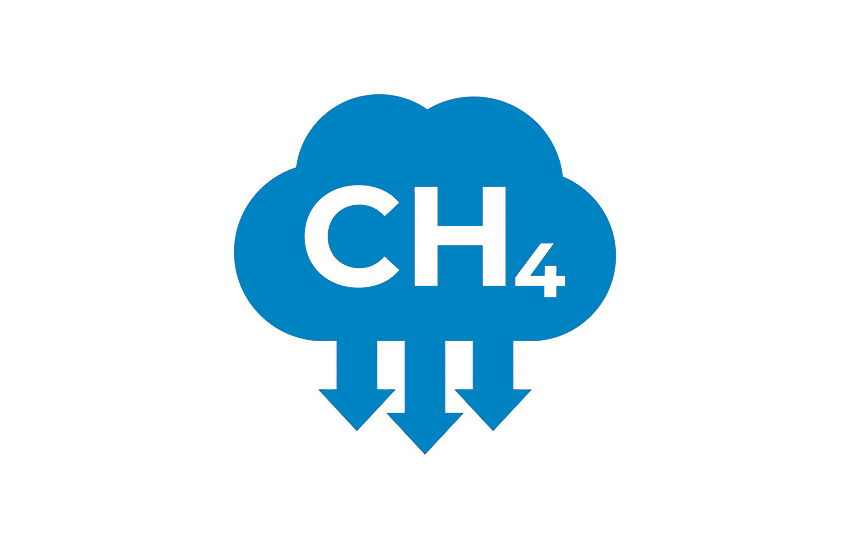
The Case for Digitization in Monitoring Methane Emissions
Methane (CH4) is a hydrocarbon and the principal component of natural gas. Since it's also a greenhouse gas, methane in the atmosphere impacts the earth's temperature and the climate system. Its concentration in the atmosphere has grown substantially over the last two centuries, mainly due to human-related activities.
A 2020 IEA methane tracker report reveals that annual global methane emissions stand at around 570 million tonnes (Mt). The methane from natural sources stands at approximately 40%, while those originating from human activity/anthropogenic emissions form 60% of the emissions.
Sources of Methane Gases
There are three primary sources of methane gases: energy, agricultural, and waste management.Energy Sources
Coal mine and natural gas production and refinery systems are the primary sources of methane emission in the energy sector. Data from the EIA reveals U.S. methane emissions from natural gas systems grew by 27% from 1990 to 2009 due to increased natural gas production and consumption.Agricultural Sources
Agricultural sources of methane include emission from enteric fermentation in livestock and animal waste management. From the 1990s, the U.S. recorded a shift in livestock management to more extensive facilities that manage livestock waste in liquid systems. The liquid systems lead to an increase in the amounts of methane generated from livestock waste.Additionally, the U.S. swine population increased from the 1990s onward, leading to a massive rise in methane emissions. Available statistics reveal that the swine population accounted for 42% (25 MMTCO2e) and dairy cattle accounted for 49% (28 MMTCO2e) of total methane emissions from livestock manure in 2009. In addition, emissions from rice cultivation and crop residue burning accounted for a substantial percentage of methane in the atmosphere.
Waste Management
Methane emissions from waste management systems are mainly due to the decomposition of solid waste in municipal and industrial landfills. Available data from the EIA reveals the emissions from landfills reduced substantially from 1990 to 2001, thanks to the increasing adoption of recycling processes and the tapping of landfill methane for energy. However, from 2001, there was a substantial increase in the total amount of waste deposited in the landfills, resulting in rapid methane emissions to the atmosphere.How Methane Warms the Atmosphere
To understand the effect of methane in the atmosphere, you must first be familiar with the greenhouse effect. Once greenhouse gases escape into the atmosphere, they act as a blanket that insulates the earth. They absorb energy and slow the rate at which heat leaves the planet—a process known as the greenhouse effect.Unlike the other greenhouse gases, methane is a potent greenhouse gas that traps too much heat in the atmosphere, contributing to the warming of our planet at an alarming rate. Additionally, methane released into the air leaves the atmosphere through an oxidation process that forms water vapor and carbon dioxide. This means the gas contributes to global warming directly and indirectly through the release of carbon dioxide.
Although the life span of methane in the atmosphere is shorter than other greenhouse gases, the gas is typically more efficient at trapping heat than other gases.
Importance of Monitoring and Minimizing Emissions to Reduce Leaks
Monitoring and cutting methane emissions is crucial to slow down global warming. Studies reveal methane has over 80 times the warming power of carbon dioxide. Allowing it to reach the atmosphere would almost result in catastrophic consequences to the earth's climate and environment, including extreme weather, rising sea levels, crop loss, and wildfires.Digitalization to Monitor Emissions
Digitization in methane emissions involves using innovative tools like those offered by Aegex to monitor methane emissions in an industrial setting. According to an Environmental Defence Fund and Accenture report, digital technologies hold the solution to methane mitigation in the oil and gas industry.Notably, leveraging digital tools such as the Industrial Internet of Things (IoT), automated asset management, and predictive maintenance could prevent the annual loss of $34 billion in invented, flared, and leaked methane that ultimately finds its way into the atmosphere. Players in the oil and gas industry should leverage tech solutions such as advanced sensors, machine learning, and big data analytics to predict and prevent methane leaks.
